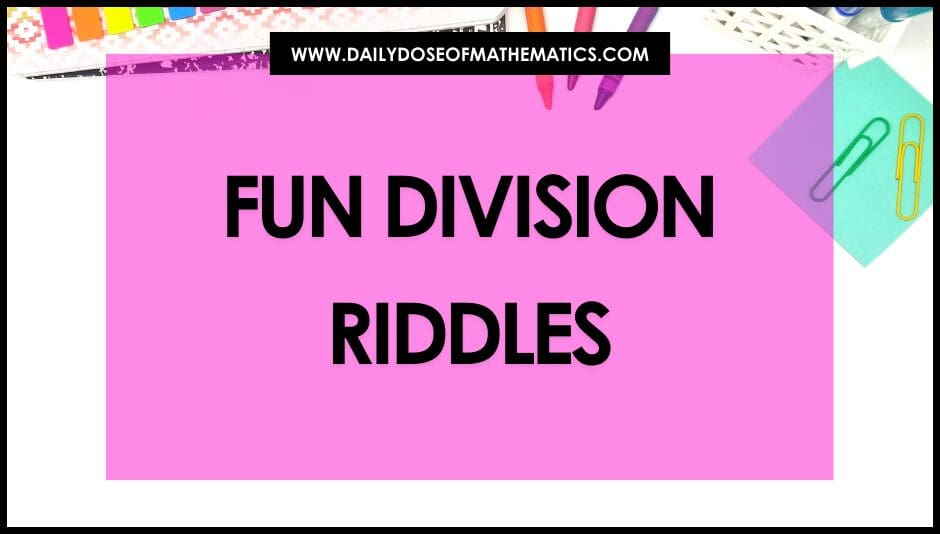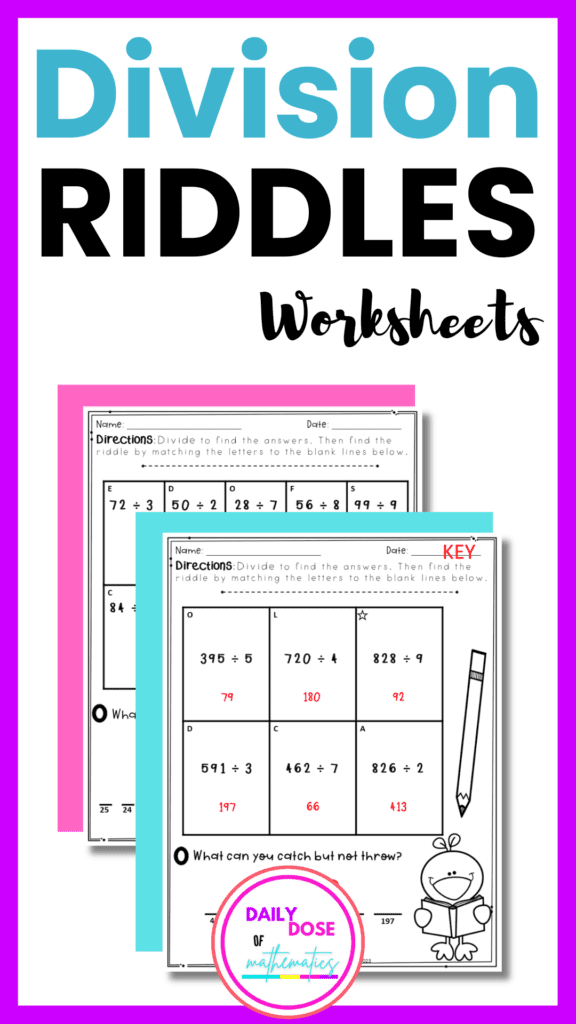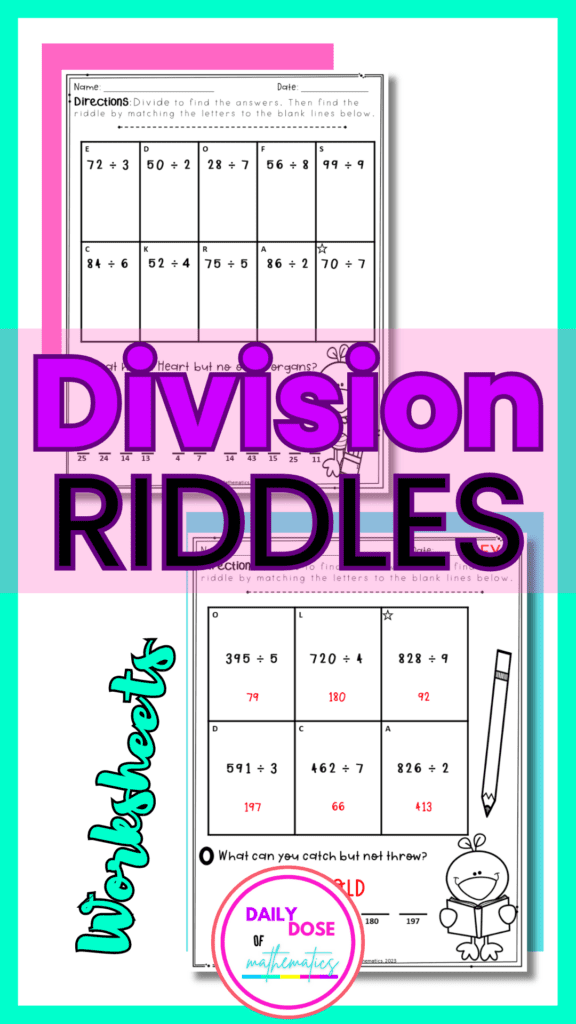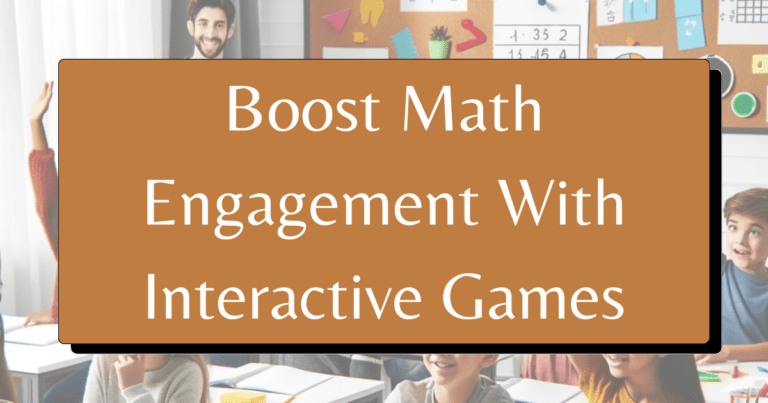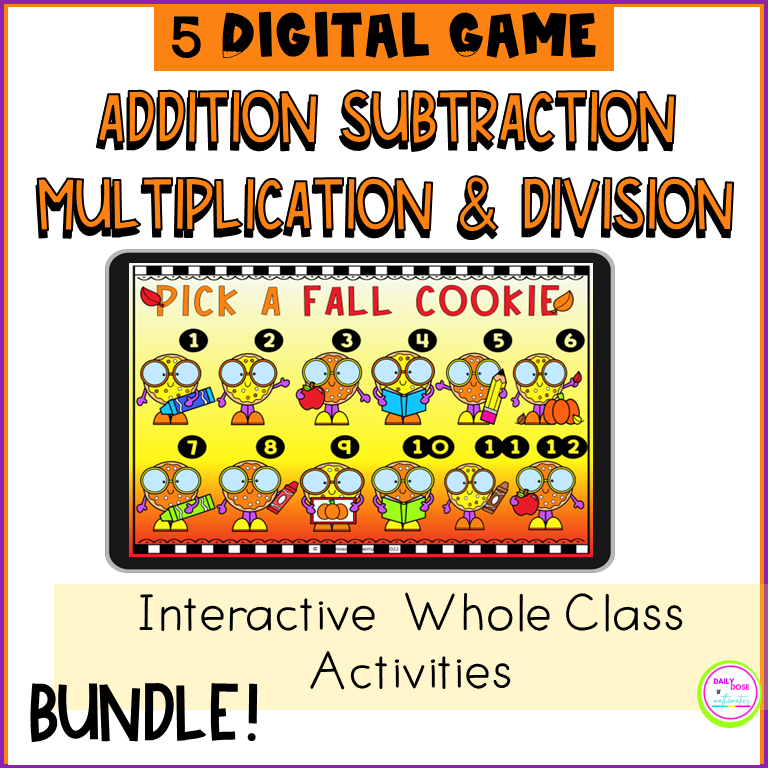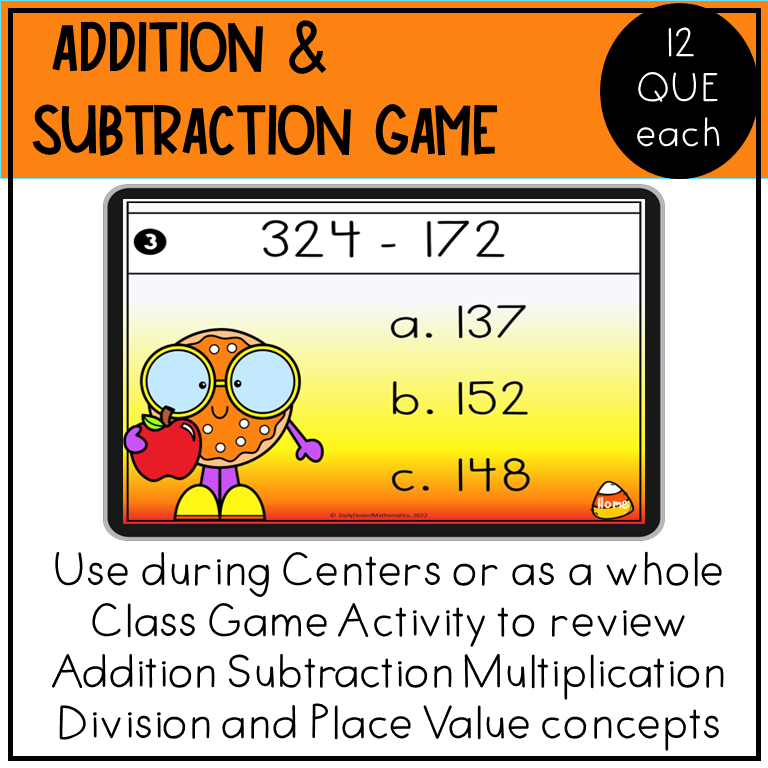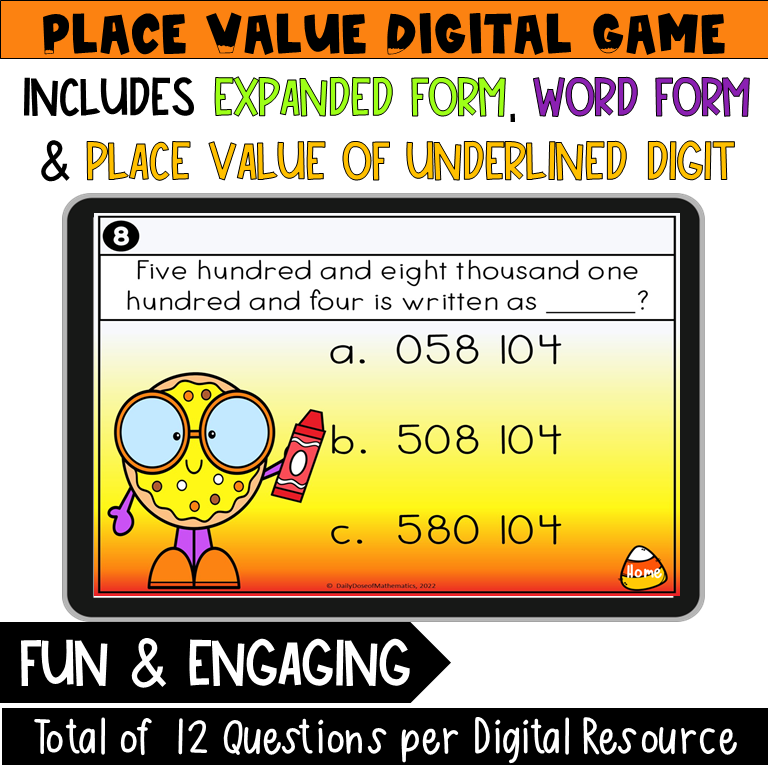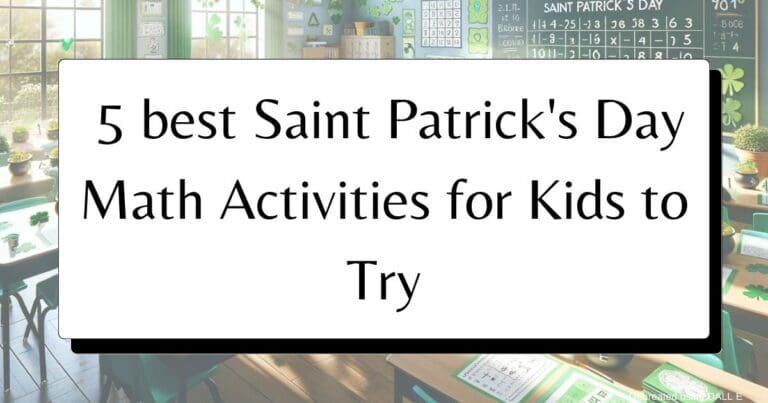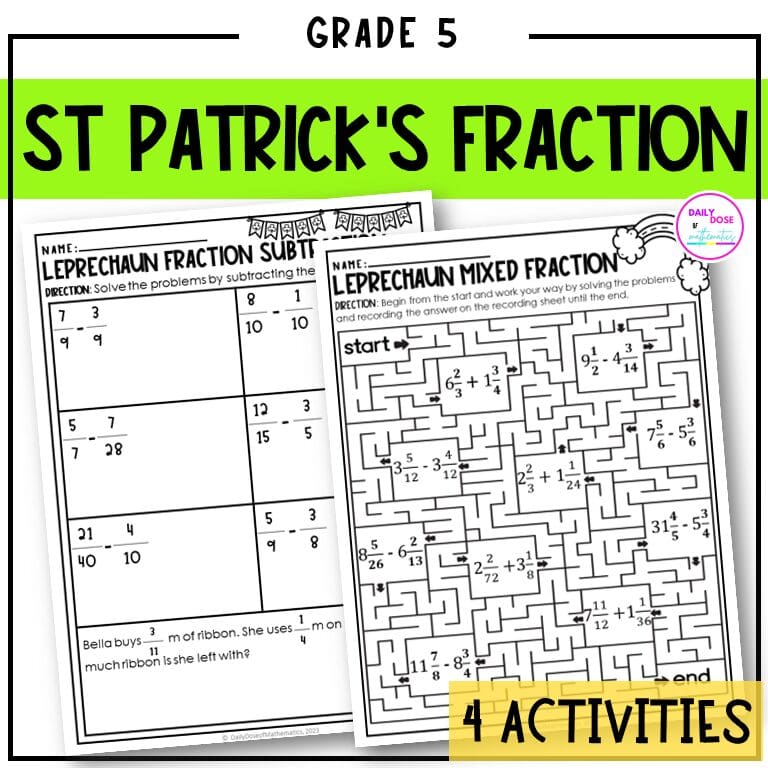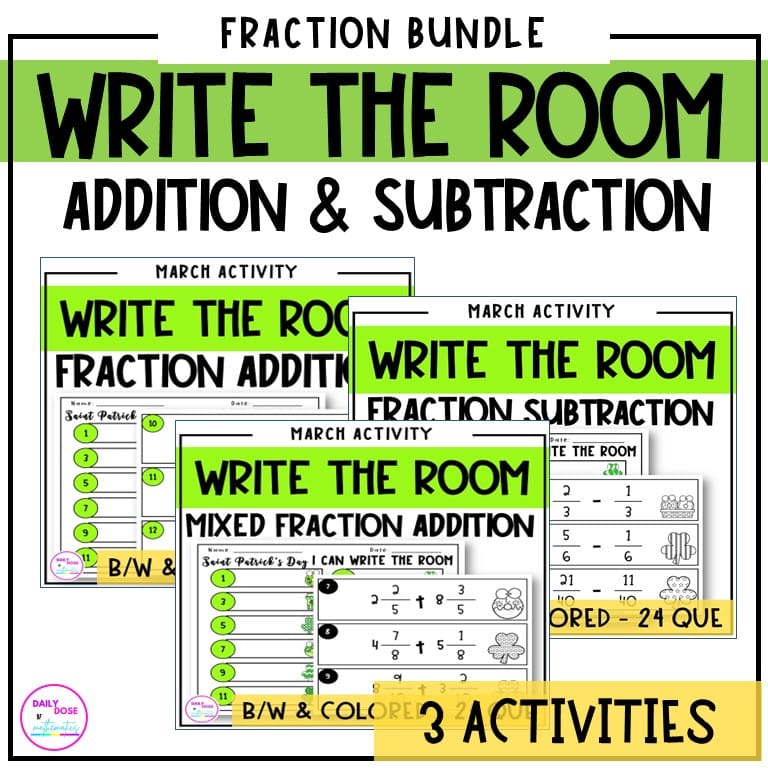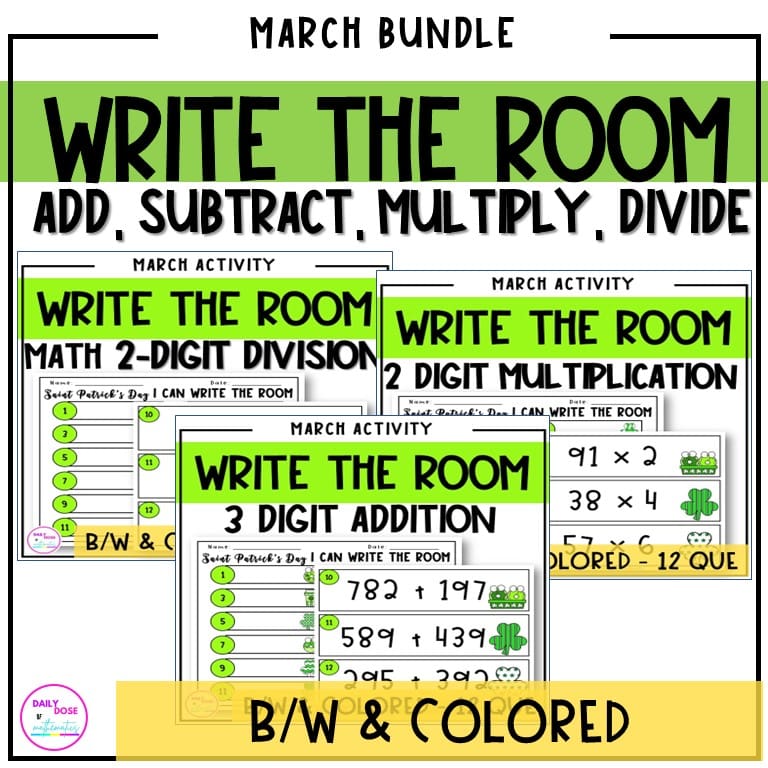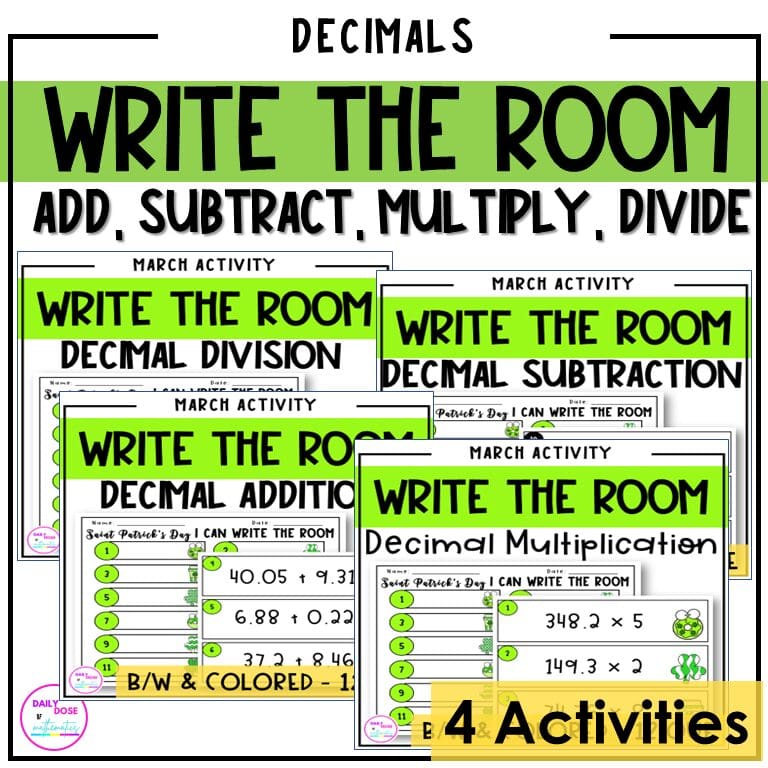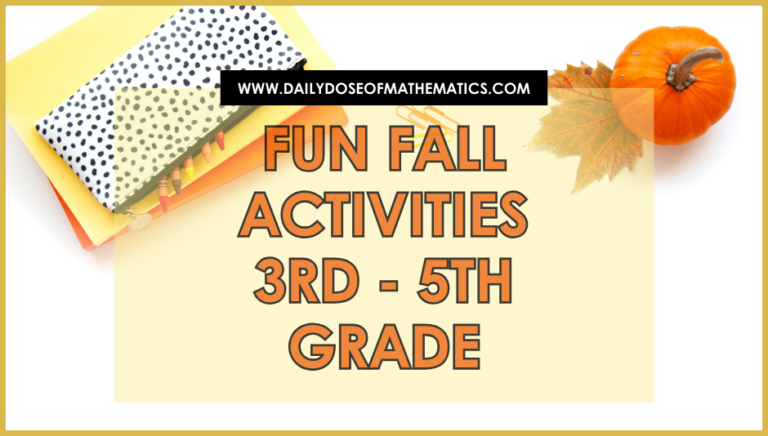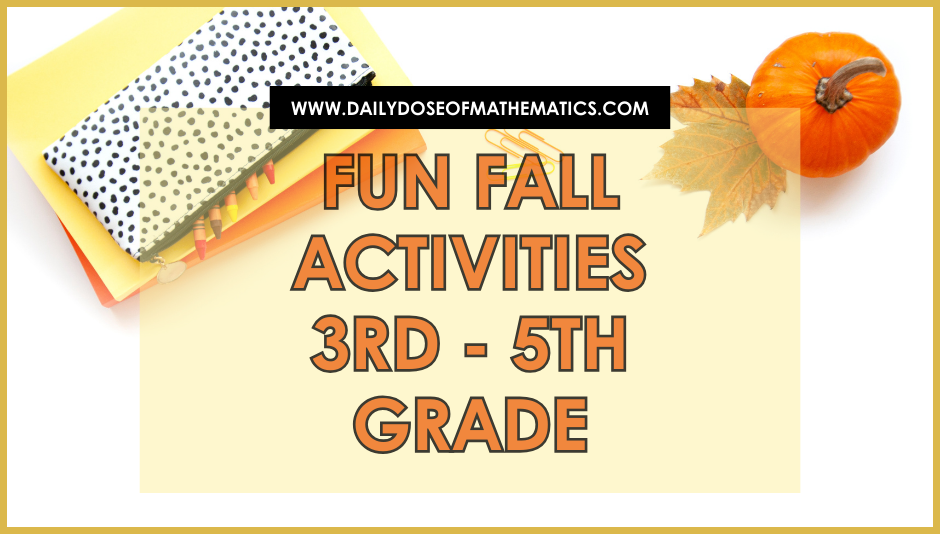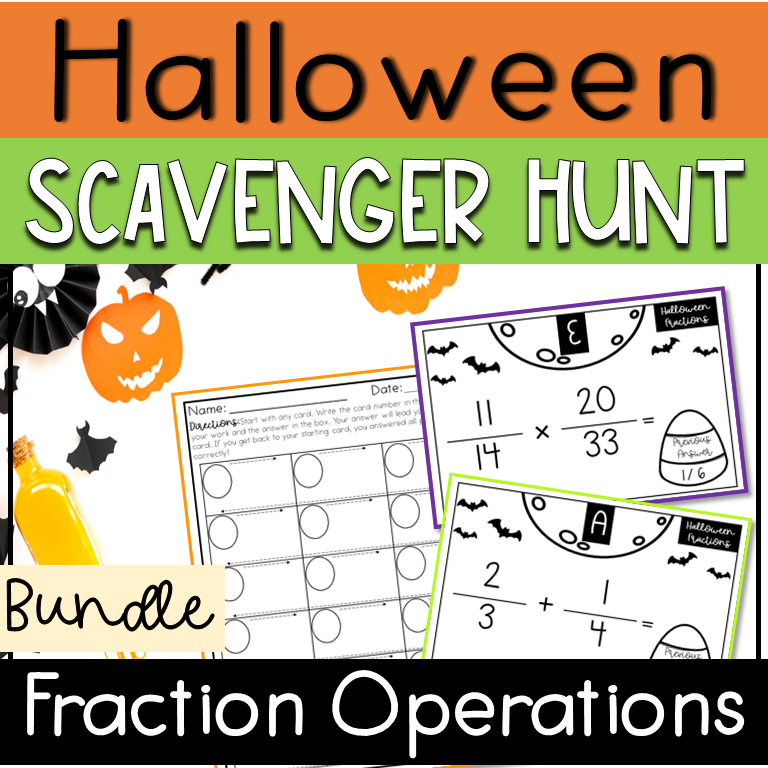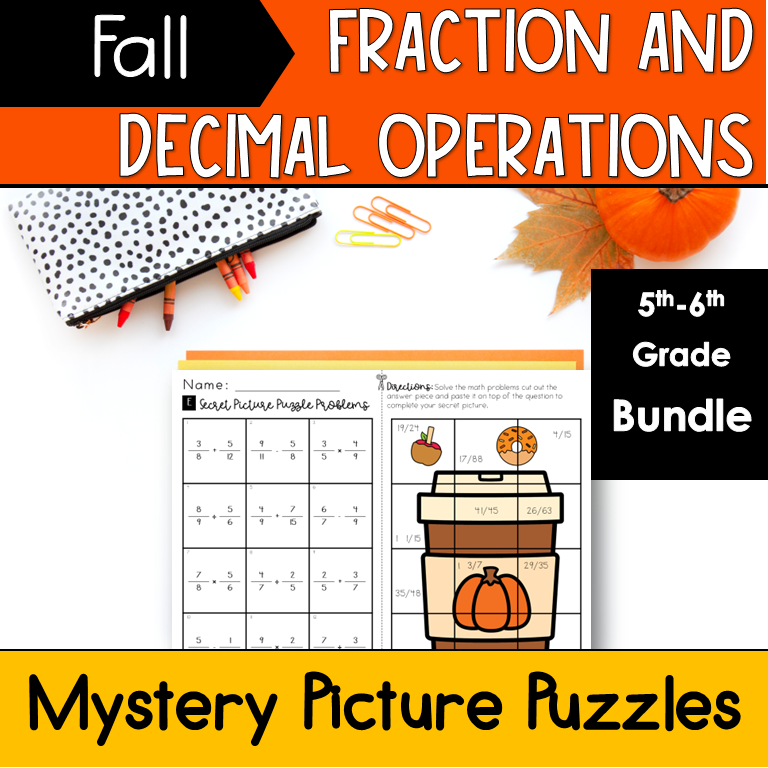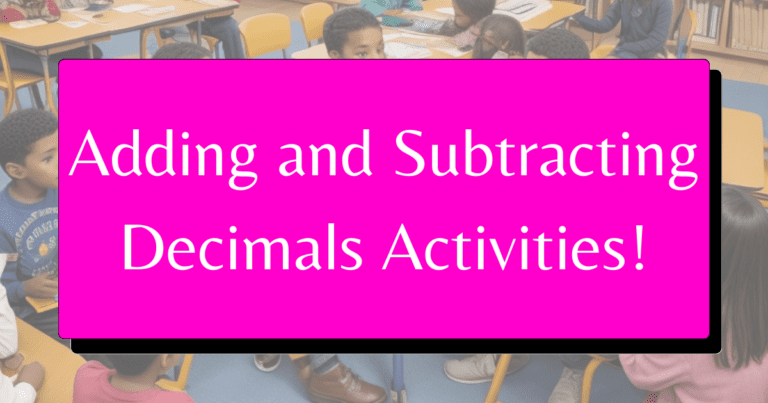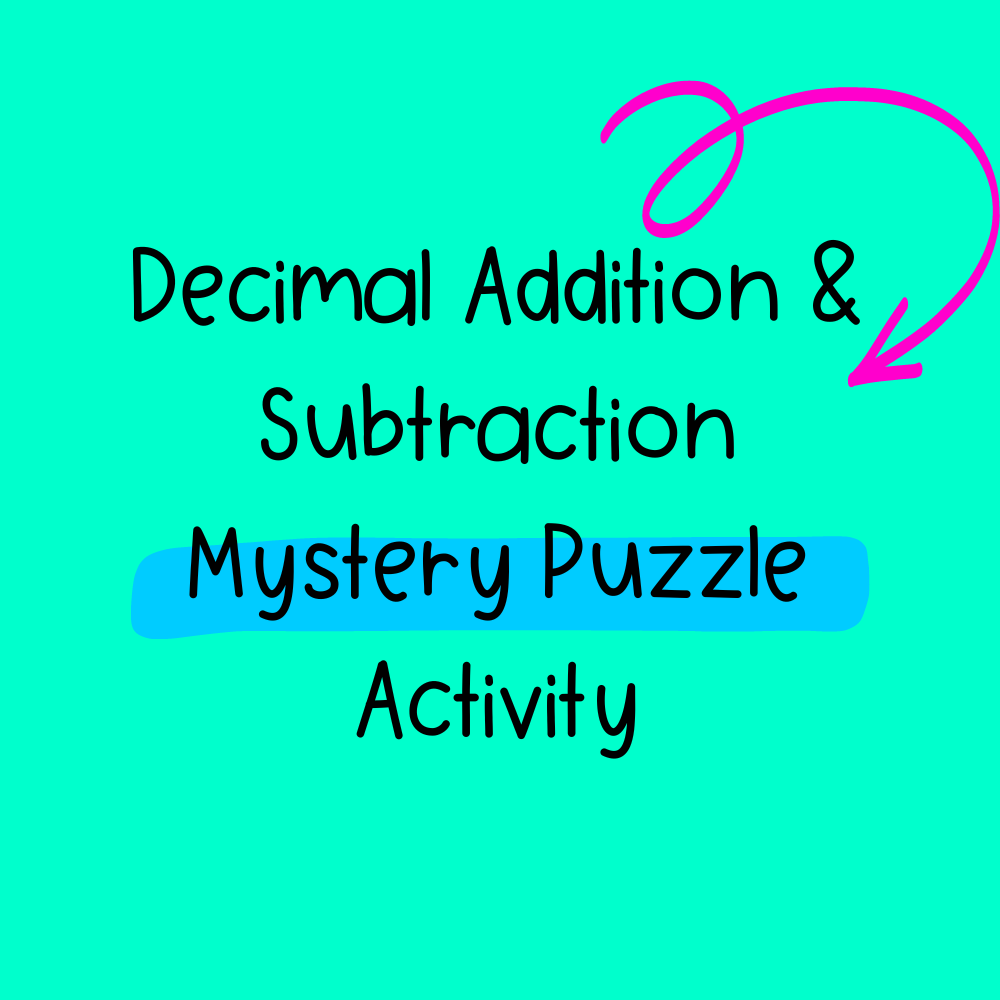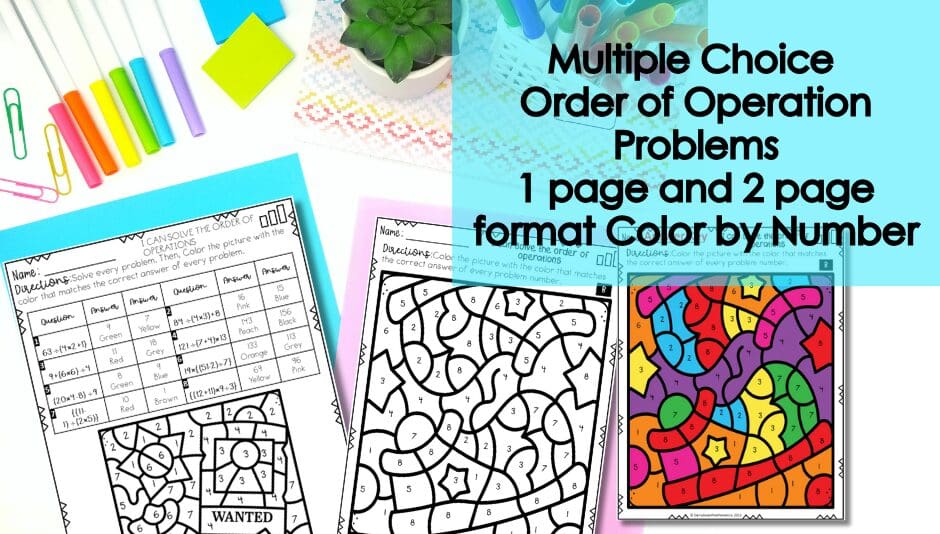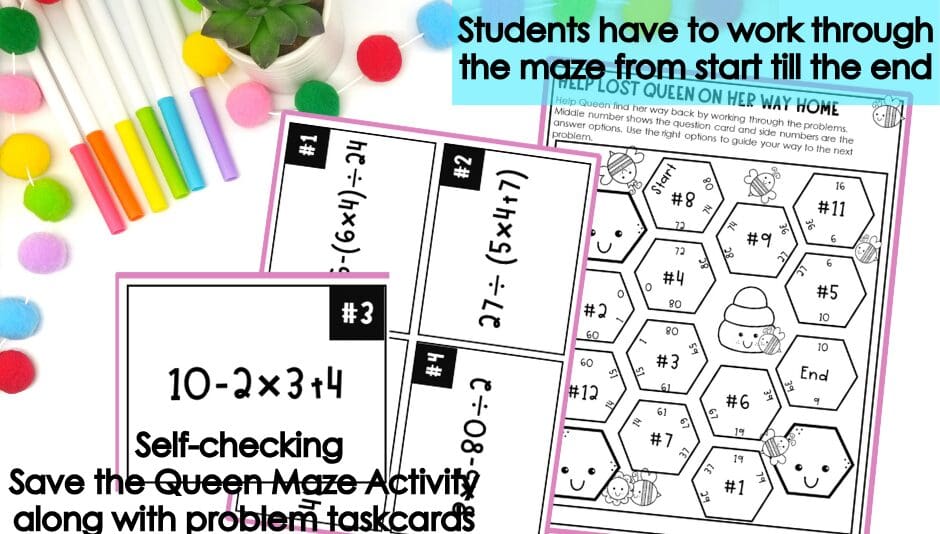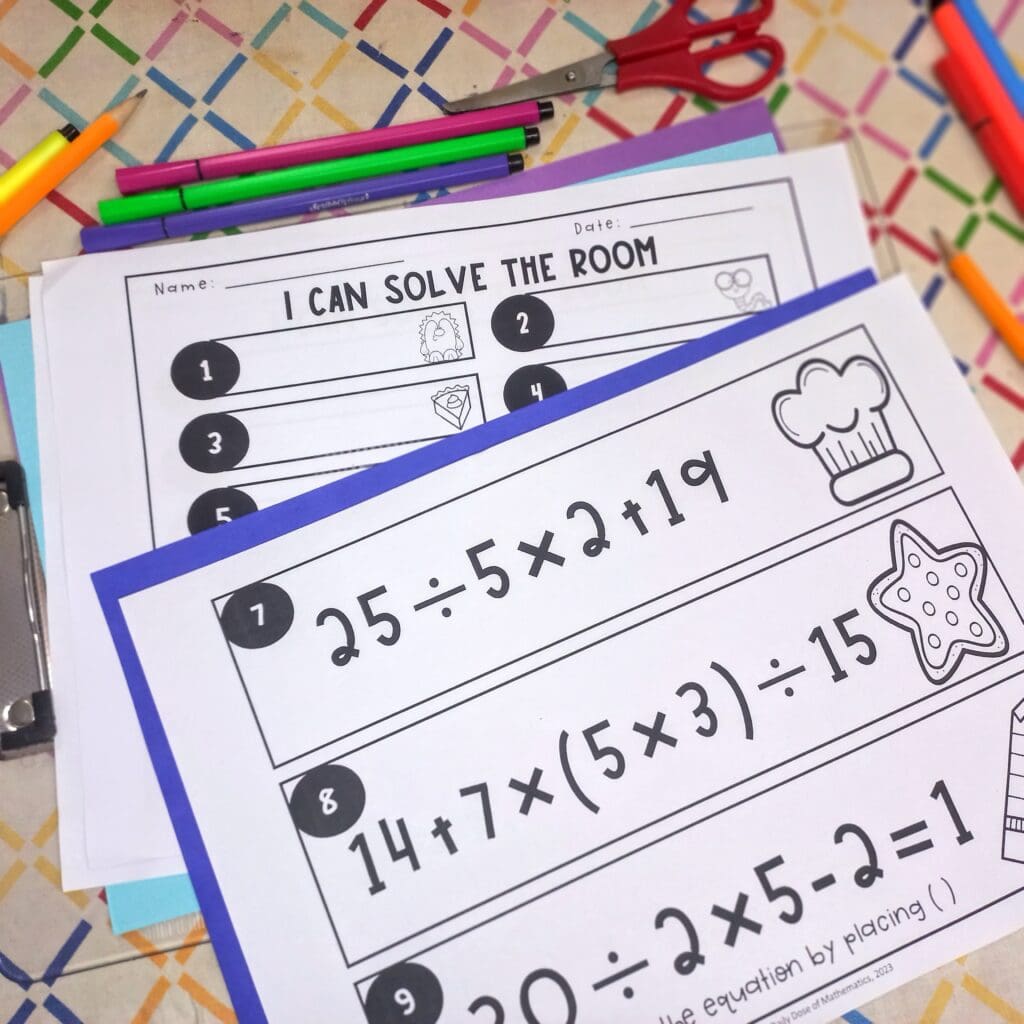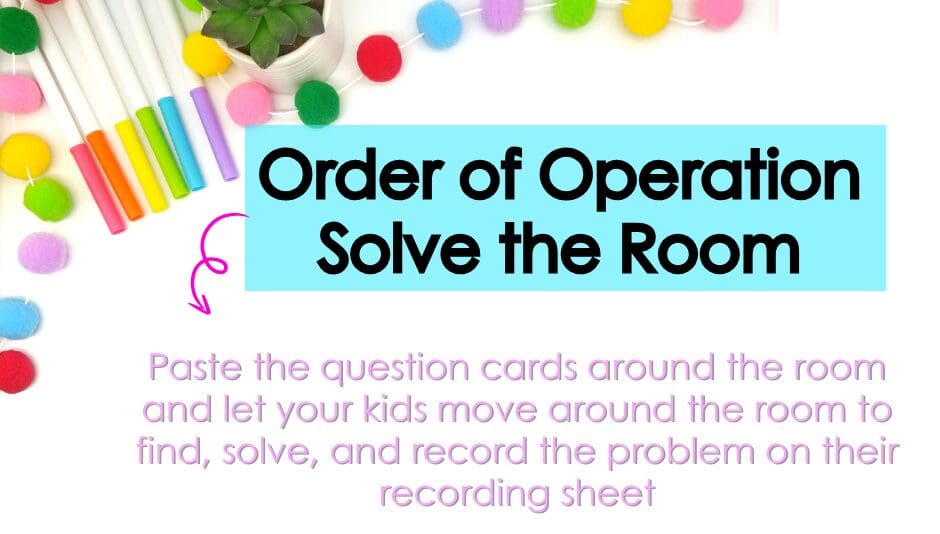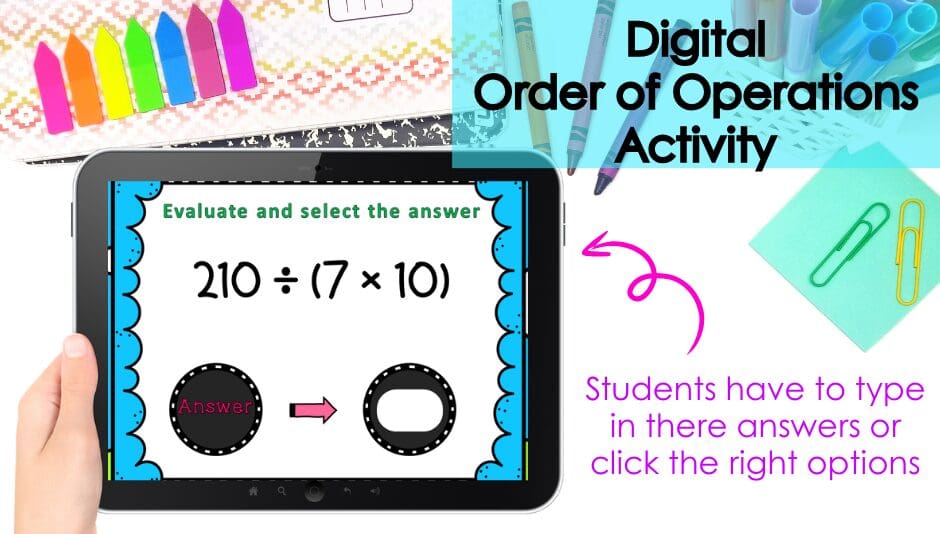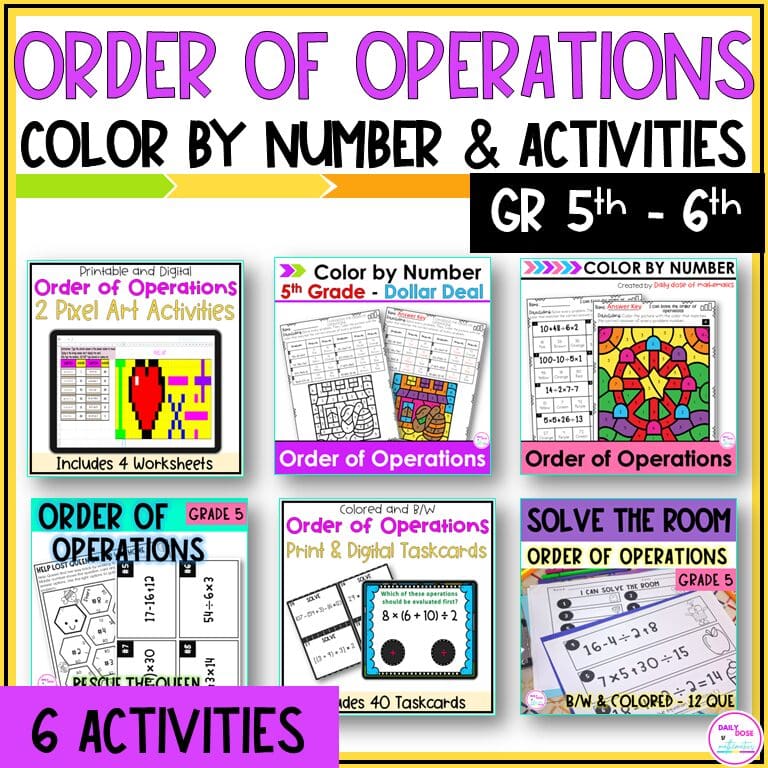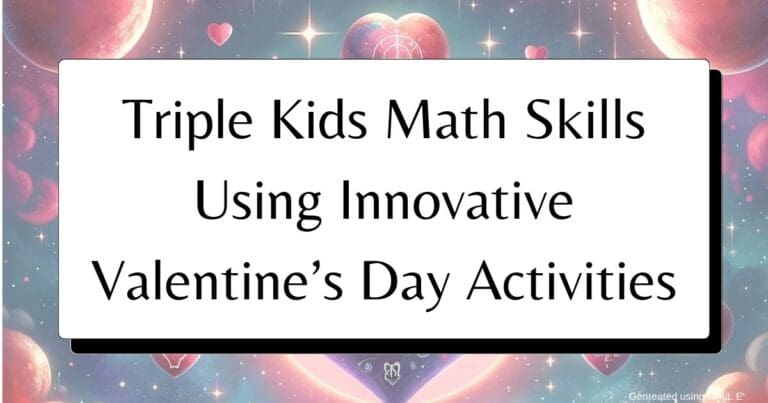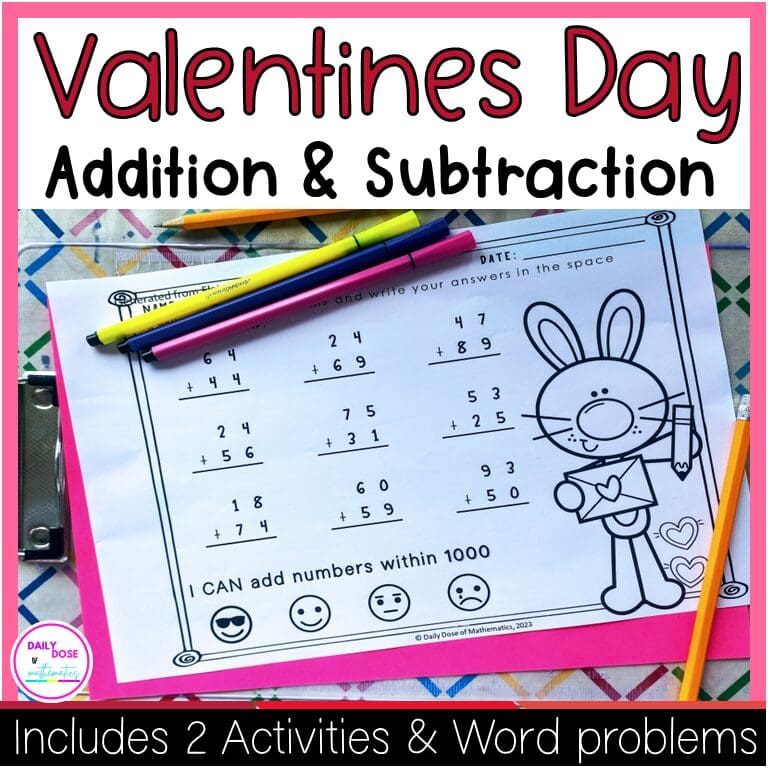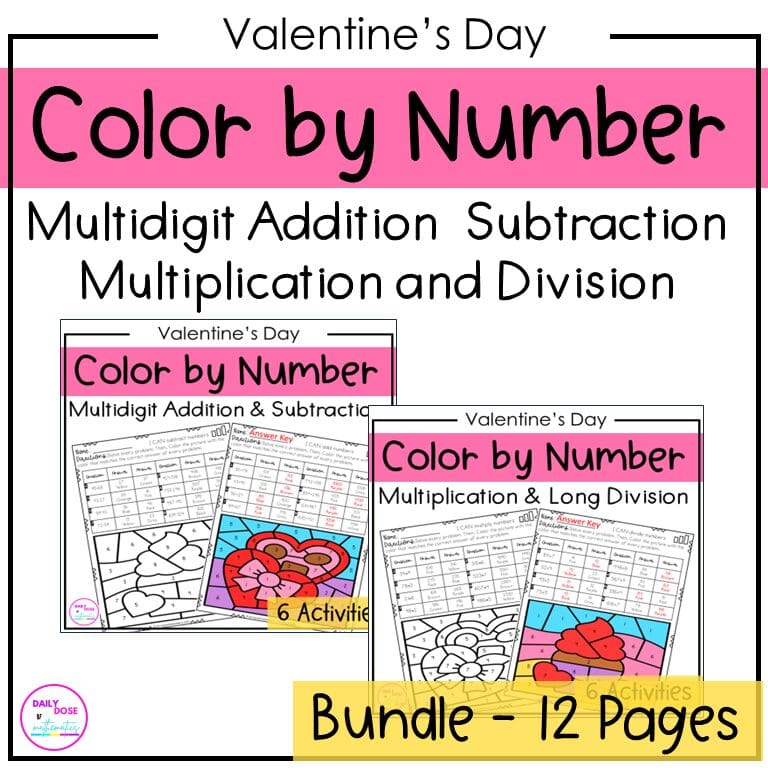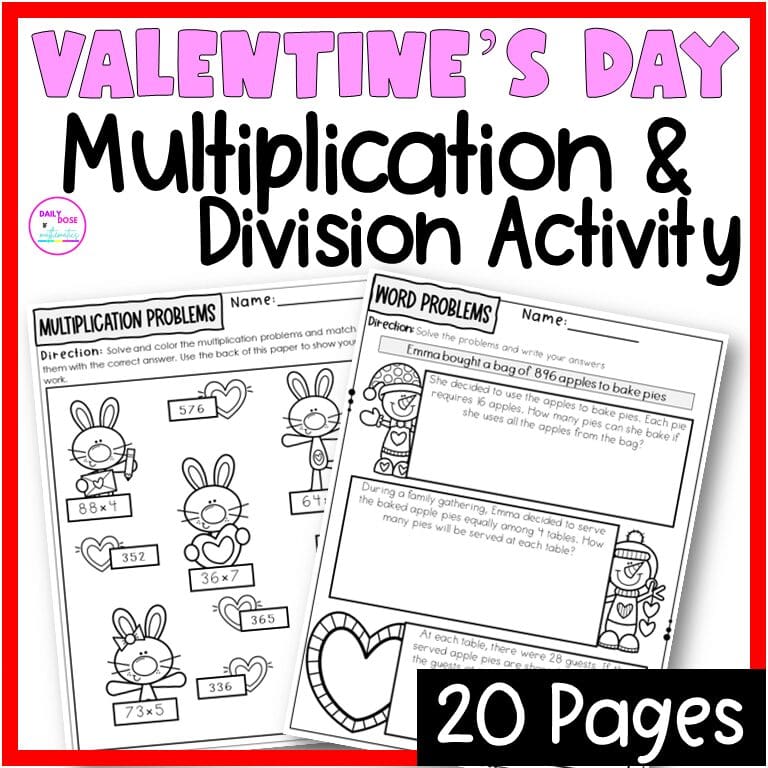Fun Division Riddles for Practicing Division Skills
Division is hard for kids…PERIOD!
But it doesn’t have to be if its practiced with something fun like riddles.
Honestly, when I first started out teaching… division always felt like a confusing jumble of numbers because didn’t have their facts memorized.
No matter how much you try to make your kids practice division problems unless they have a solid grasp of math facts they won’t be able to work on those complex problems.
It’s like not knowing how to drive but trying to drive anyway.
If that’s the case, then what we should be focusing on is helping them get their basic math facts straight.
By fifth grade, students should be proficient in basic math facts but if that’s not the case, there’s a problem.
To be honest, there can be many reasons for this problem.
Reasons like
- a lack of understanding,
- memorization feeling like a draining task,
- table overload,
- multiplication confusion,
and more can all contribute to elementary kids not having a good grip on facts.
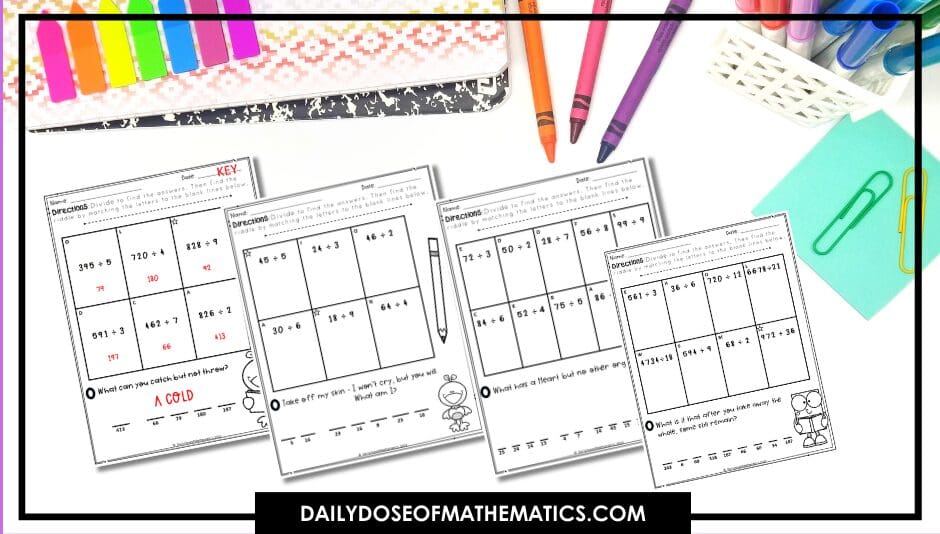
Are you interested in knowing how I make division practice fun and engaging for my kiddos?
Without making it seem like they are practicing… It’s by using riddles!
Riddles are a perfect teaching tool to help students develop division and problem-solving skills during back-to-school time or throughout the whole year.
Why Division Practice Is Important
Practicing division problems is crucial for a kid’s basic math learning and understanding.
It’s like a foundational math skill that helps kids make sense of math.
When children practice division, they learn how to break things into equal parts and understand the relationship between multiplication and division.
This reinforces their number sense, basically how they see and work with numbers in daily life.
It also helps them solve real-world problems.
Let’s say, they’re cutting a pizza into slices or figuring out how many cookies each friend gets, knowing how to divide makes it easier for them.
The most important thing is, it opens doors for advanced topics like fractions, ratios, and algebra later on grades.
Ina nutshell, division helps kids:
- Increase their problem-solving abilities
- Build confidence in handling day to day calculations
- Improve their understanding of the world around them
Now that you know how important it is for our kids to practice division problems. Let’s talk solutions.
The best way I am able to get my students working on division practice is by using division riddles.
They keep kids focused on the task at hand and builds perseverance.
How Division Riddles Works:
You hand out one of the division riddles to your kids.
It could be a division fact or 2 by 1, 2 by 2 digit or 3 by 1 or 3 by 2 digit, whatever numbers you want your students to practice that day.
Students start working on the problems and with every problem they unlock a key (letter) that is part of the mystery riddle they are solving.
The clues are unlocked randomly to make it more interesting and exciting for the kids.

Once they have solved all the problems the answer to the mystery is revealed.
This gamified way of practicing division makes it less intimidating for the students and helps them gain confidence in their math skills.
Few ways to use Division Riddles inside classroom:
We all love activities that are versatile and can be used in multiple ways inside our classroom.
Here are a few ways you can use a Riddle activity
- Partner work
- Home work
- Centers or rotation
- Review or practice work
- Or anytime you want to have something FUN
By the way if you are looking for 2 and 3 digit by 1 digit long division practice worksheets for your upper elementary students?
Check out the division riddles resource on my TPT shop and let your kids have fun while learning at the same time.
Looking for more tips on 5th grade math teaching checkout this Blog post on 5th grade year round math activities.

